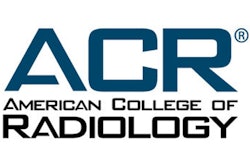Reducing patients' length of stay in the emergency department has been identified as an important factor in minimizing avoidable overcrowding, according to Dr. Renata Almeida from Massachusetts General Hospital.
"Our overall, big-picture goal in this project has been to reduce ED length of stay through improved and more efficient communication of critical test results between the ED radiology and ED medicine services," Almeida told AuntMinnie.com.
In this retrospective study, the researchers retrieved abdominal CT reports for patients presenting with suspected acute appendicitis in the emergency department from April to November 2016.
They found that the results of CT reports that were positive for appendicitis were directly and more rapidly communicated to referring clinicians than when appendicitis was ruled out. On average, this led to shorter report turnaround times of at least 40 minutes (p = 0.002).
Moreover, among patients whose appendicitis was ruled out and whose reports were directly communicated, the average length of stay was 123 minutes shorter than for patients whose reports were not directly communicated to the referring clinicians.
"After much analysis of different scan modalities for various clinical indications, we identified a number of potentially modifiable factors that might reduce ED length of stay," Almeida said. "Immediate, direct pager notification of ED medicine providers when scan results have been posted to our hospital information system could help speed up ED discharge of patients with negative CT findings and help speed up admission and triage of patients with positive, acute CT findings."



















